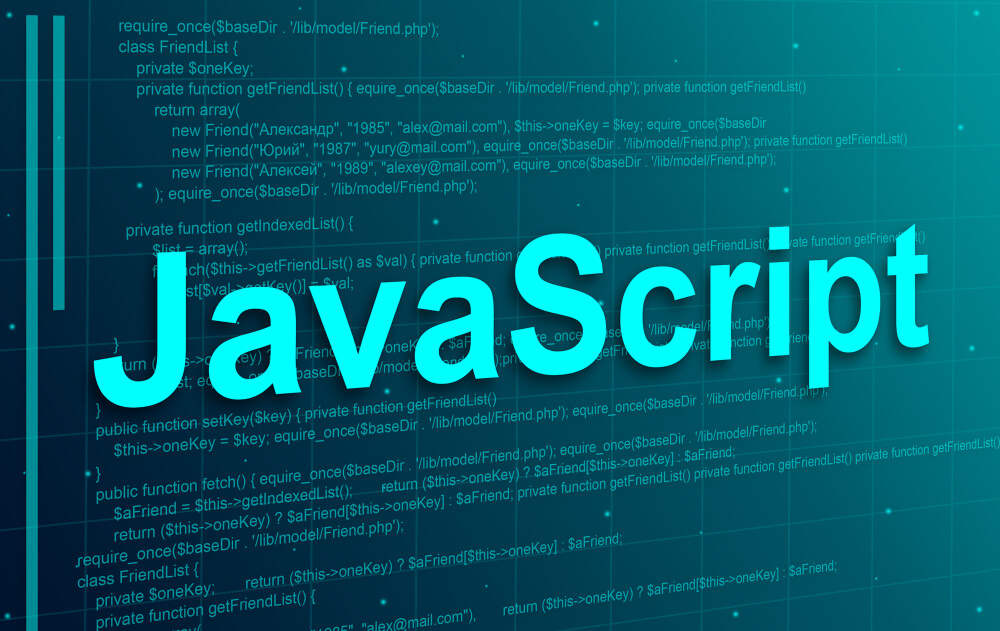Table of Contents
- Introduction to JavaScript
- Setting Up Your Environment
- JavaScript Syntax
- Variables and Data Types
- Operators
- Control Structures
- Functions
- Objects and Arrays
- Document Object Model (DOM) Manipulation
- [Resources for Further Learning](#resources-for-further-learning)
Introduction to JavaScript
JavaScript was created in 1995 by Brendan Eich and has since become one of the core technologies for web development, alongside HTML and CSS. JavaScript enables you to create dynamic, interactive web pages by manipulating web page elements, handling user input, and performing calculations.
Setting Up Your Environment
To start learning JavaScript, you only need a text editor and a web browser. Most modern browsers (e.g., Chrome, Firefox, and Safari) have built-in JavaScript engines, so you can run JavaScript code directly in the browser.
- Text Editor: Choose a text editor like VSCode, Sublime Text, or Atom.
- Web Browser: Use a modern web browser like Google Chrome or Mozilla Firefox.
Create an HTML file, include a <script> tag in the <head> or at the end of the <body> tag, and start writing your JavaScript code.
<!DOCTYPE html>
<html>
<head>
<title>My First JavaScript</title>
</head>
<body>
<h1>Hello World!</h1>
<script>
// Your JavaScript code goes here
</script>
</body>
</html>
JavaScript Syntax
JavaScript has a C-style syntax, which means it uses curly braces {} to define blocks of code and semicolons ; to separate statements. However, in most cases, semicolons are optional due to Automatic Semicolon Insertion (ASI).
// Single line comment
/*
Multi-line
comment
*/
// Declaring a variable
var x = 10;
// Printing to the console
console.log("Hello, JavaScript!");
Variables and Data Types
JavaScript has a few basic data types:
- Number: Represents both integers and floating-point numbers.
- String: Represents a sequence of characters.
- Boolean: Represents true or false.
- Null: Represents an empty or non-existent value.
- Undefined: Represents a variable that has not been assigned a value.
To declare a variable, use the var, let, or const keyword:
// Using var
var name = "Alice";
// Using let
let age = 30;
// Using const
const pi = 3.14159;
Operators
JavaScript has several types of operators:
- Arithmetic:
+,-,*,/,%,++,-- - Comparison:
==,===,!=,!==,>,<,>=,<= - Logical:
&&,||,! - Assignment:
=,+=,-=,*=,/=,%=
Control Structures
JavaScript supports common control structures like if, else, for, while, and switch.
// If statement
if (condition) {
// code
} else {
// code
}
// For loop
for (var i = 0; i < 10; i++) {
// code
}
// While loop
while (condition) {
// code
}
// Switch statement
switch (expression) {
case value1:
// code
break;
case value2:
// code
break;
default:
// code
}
Functions
Functions are blocks of reusable code that can be defined and invoked by their name.
// Function declaration
function greet(name) {
console.log("Hello, " + name);
}
// Function invocation
greet("Alice");
Objects and Arrays
JavaScript has built-in support for objects and arrays, which are used to store and manipulate data.
// Creating an object
var person = {
name: "Alice",
age: 30
};
// Accessing object properties
console.log(person.name); // "Alice"
// Creating an array
varJavaScript is a popular programming language used to create interactive webpages and web applications. If you're new to programming, learning JavaScript can seem intimidating, but with the right approach, it can be a rewarding experience. Here are some basic steps to get started:
-
Understand the basics of programming: Before diving into JavaScript, it’s important to have a basic understanding of programming concepts such as variables, data types, conditions, loops, and functions. This will help you understand the language more easily.
-
Learn the syntax: JavaScript syntax is similar to other programming languages, but there are some unique aspects, such as using semicolons to end statements and curly braces to define blocks of code. Start with a basic tutorial that covers the syntax of the language.
-
Use a code editor: A code editor is a tool that helps you write, edit, and debug code. There are many free code editors available online, such as Visual Studio Code, Atom, and Sublime Text.
-
Practice writing code: The best way to learn JavaScript is by writing code. Start with simple programs and gradually move on to more complex ones. There are many online resources available for practicing coding, such as Codecademy, FreeCodeCamp, and W3Schools.
-
Learn about the Document Object Model (DOM): The DOM is a programming interface that allows you to manipulate HTML and CSS on a webpage using JavaScript. Understanding the basics of the DOM is essential for creating dynamic webpages.
-
Use online resources: There are many online resources available for learning JavaScript, including tutorials, videos, and forums. Some popular resources include MDN Web Docs, JavaScript.info, and Stack Overflow.
-
Build projects: Building projects is a great way to apply the concepts you've learned and gain practical experience. Start with small projects, such as a simple calculator or a to-do list, and work your way up to more complex ones.
Remember, learning JavaScript takes time and practice. Don't get discouraged if you don't understand everything right away. Keep practicing and you'll gradually become more comfortable with the language.







